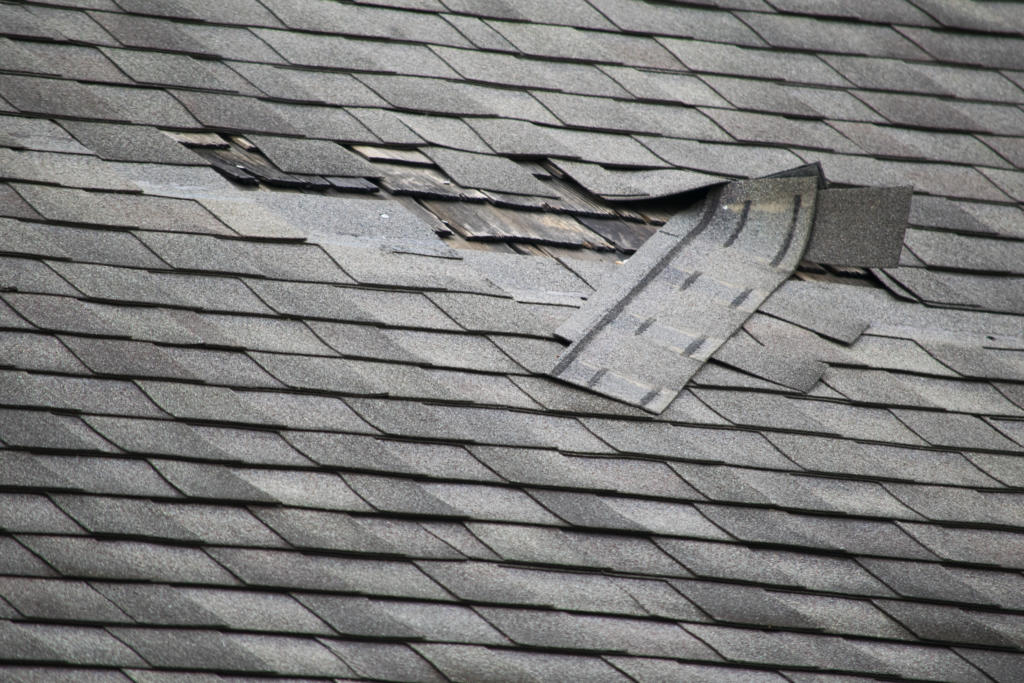
When is a dwelling “fit for habitation” under the Defective Premises Act 1972?
The Defective Premises Act 1972 (“the Act”) requires any person who undertakes work in connection with the building of a new dwelling to carry out their work in a workmanlike or professional manner and using “proper materials”. They must also ensure that the dwelling is fit for habitation. But what does “fit for habitation” mean?
The Act itself provides no support or definition when trying to determine what is and what is not deemed to be ‘habitable’. We must therefore turn to examples of previous cases that have gone before the courts for clarification.
Defining “fit for habitation”
In the case of Rendlesham Estates Plc, the court set out the closest statement there is to a definition for the term “fit for habitation”. It was said that a dwelling will be fit for habitation, if it is capable of occupation for a reasonable time:
- without risk to the health or safety of the occupants; and
- without undue inconvenience or discomfort to the occupants.
Here the court determined that numerous defects to flats within a block, such as faults with the roof (and other parts of the building) and various leaks throughout the building constituted defects which resulted in the flats being unfit for habitation.
Other examples of defects that the court has deemed to make a dwelling unfit for habitation include where a property lacked a damp-proof course and where a lift in a block of flats frequently broke down.
How will the defects be assessed?
The determination as to whether a dwelling is fit for habitation will take into account the defects as a whole. Therefore where there are a number of defects that cumulatively cause the occupier distress and inconvenience then this may be sufficient to satisfy the test. The courts will also consider the defects in light of all types of person who may reasonably be anticipated to occupy a dwelling. This includes babies, for example, or those with disabilities.
Summary
Purchasers of new dwellings or those that have had a house built for them will usually have contractual rights if there is a defect with the property. However, where no such contractual rights exist the Act can provide a remedy against those responsible for the defects. On the face of it the requirement for the property to be “fit for habitation” looks to be a fairly high bar. However, as the developing case law has proven, even relatively modest defects can be give rise to a claim under this Act.
For more information on claims arising under the Defective Premises Act, and who the Act applies to, please read this article or get in touch with us below.
